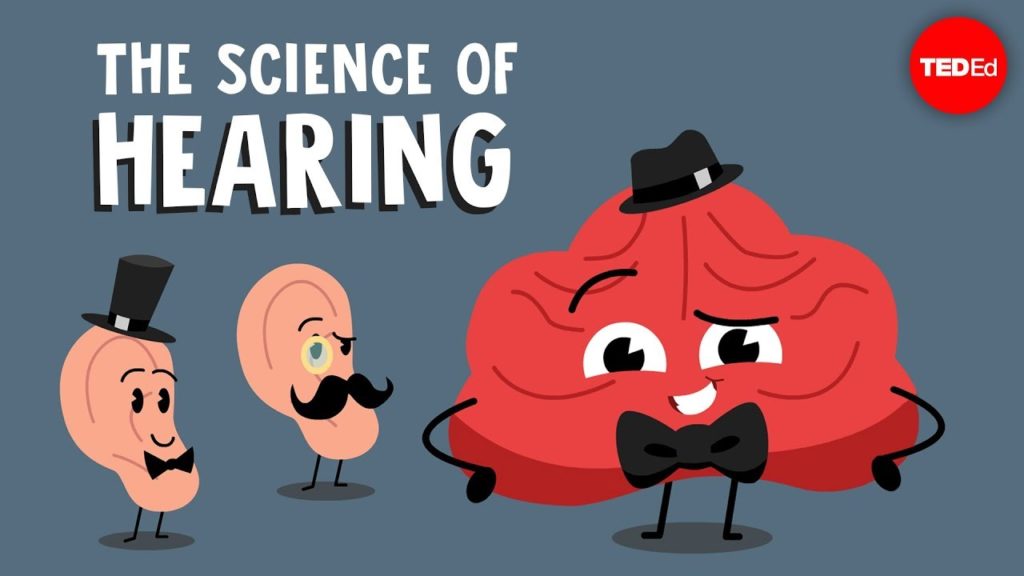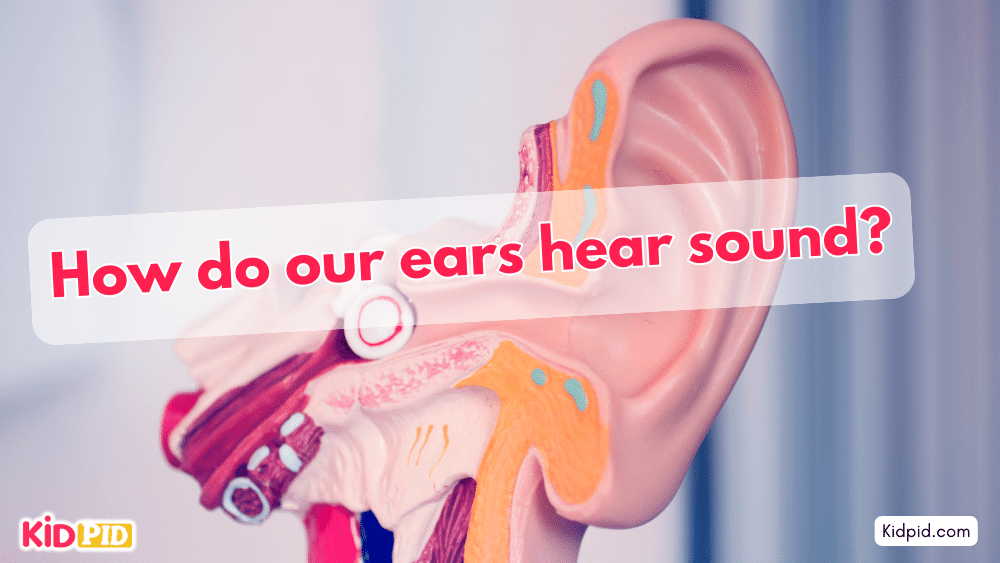The science of hearing

The ear helps us to hear a wide range of sounds. The auditory system in the ear functions to identify the sound and location from the distance.
What comprises the auditory system?
The auditory system comprises of the ear and the brain. Both the ear and brain play a significant role in hearing. The role of ears is to convert sound energy into neural signals. On the other hand, the role of the brain is to receive the signals and process the information.
How does the sound reach the ear?
When a sound is produced in air, water or any solid substance the source of the sound produces a vibration by which the sound waves travel from the source to target.
What happens inside the ear?
The structure of the ear can be divided into a)Outer ear consisting of the ear canal and the ear drum b)Middle ear consisting of hammer, anvil and stapes and c)Inner ear or cochlea.
When the sound waves reach the eardrum, it gets vibrated and the vibration passes through the parts of the inner ear which in turn passes through the fluid inside the cochlea. The basilar membrane inside the cochlea is lined with hair cells which consist of specialized stereocilia which vibrate with the movement. The signal passes through the brain via the auditory nerve.
Depending on the frequency of sounds, the selected hair cells vibrate. For instance, if the sound heard is of low frequency, then only the concerned part of the basilar membrane moves.
The role played by the brain in hearing
The brain also identifies the location of the source of the sound. If the sound is produced in front of a person, then the sound waves reaches both the ears of the person with the same intensity. If a low-frequency sound coming from one side reaches the ear seconds before the high-frequency sound coming from a distance, then the high-frequency sound would be heard with more intensity. Some special parts of the brain stem analyses the time and intensity differences between the ears. The result is then sent to the auditory cortex. This is how the brain identifies the location and intensity of the sound.
Hearing loss
It is the third most chronic disease in the world. It could be caused due to the exposure to loud noises or usage of some drugs. The death of the cells prevents the signals from entering the brain. Osteosclerosis is one condition in hearing loss which freezes the tiny bones in the ears. Tinnitus is another condition in which the brain makes a false impact that a sound is heard but is not in reality.






Responses